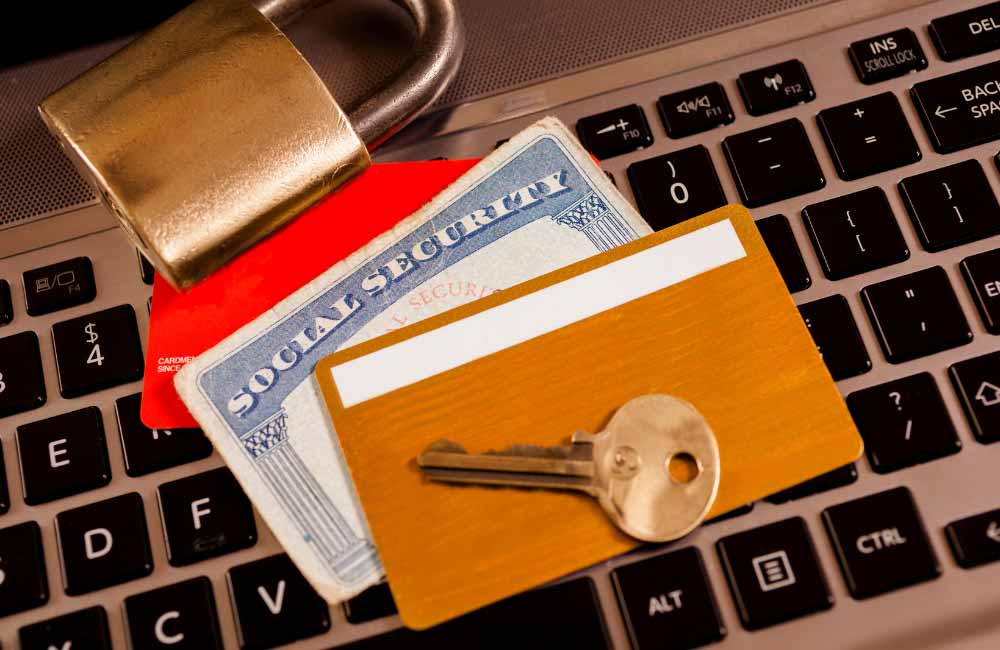In today’s digital age, the convenience of the internet comes hand in hand with the ever-growing threat of cybercrimes like phishing and identity theft. These malicious activities can have devastating consequences, ranging from financial loss to reputational damage. However, by equipping yourself with knowledge and adopting proactive measures, you can significantly reduce the risk of falling victim to these threats. This article aims to provide you with a comprehensive guide to protecting yourself from internet phishing and identity theft.
Understanding Phishing and Identity Theft
Phishing is a fraudulent attempt to obtain sensitive information, such as passwords, credit card details, and personal identification, by disguising as a trustworthy entity. Identity theft, on the other hand, involves stealing someone’s personal information with the intent to commit fraud or other crimes. Both these threats often occur online, taking advantage of unsuspecting individuals.
Top Prevention Strategies
- Be Skeptical: Never trust unsolicited emails, messages, or pop-ups asking for personal or financial information. Legitimate organizations rarely ask for sensitive data through such channels.
- Verify the Source: Before clicking on any link or providing information, verify the sender’s email address and the URL of the website. Hover over links to see where they lead before clicking.
- Secure Connections: Ensure websites use HTTPS encryption, especially when dealing with sensitive information. Look for the padlock symbol in the address bar.
- Use Strong, Unique Passwords: Create strong passwords comprising a mix of letters, numbers, and symbols. Avoid using easily guessable information like birthdays or names. Employ a password manager to handle multiple complex passwords.
- Enable Multi-Factor Authentication (MFA): MFA adds an extra layer of security by requiring a second form of verification beyond just a password.
- Regularly Update Software: Keep your operating system, antivirus, and other software updated. Updates often include security patches that address vulnerabilities.
- Beware of Public Wi-Fi: Avoid accessing sensitive accounts or making online transactions while connected to public Wi-Fi networks, as they can be insecure and prone to eavesdropping.
- Educate Yourself: Stay informed about the latest phishing techniques and scams. Many organizations share examples of phishing emails to help users recognize them.
- Monitor Accounts: Regularly review your bank and credit card statements for any unauthorized transactions. Set up alerts for unusual activity.
- Protect Personal Information: Be cautious about the information you share on social media platforms. Cybercriminals often use this data to craft convincing phishing attempts.
Recognizing Phishing Attempts
- Urgent Language: Phishing emails often use urgent language to create panic and pressure you into taking action.
- Generic Greetings: Emails that start with generic greetings like “Dear Customer” instead of your name are likely phishing attempts.
- Misspellings and Poor Grammar: Many phishing emails contain spelling mistakes and poor grammar.
- Requests for Personal Information: Legitimate companies seldom ask you to provide sensitive information through email.
- Too Good to Be True: Offers that seem too good to be true, such as winning a lottery you never entered, are usually scams.
What to Do If You Suspect Phishing or Identity Theft
- Do Not Respond: Do not reply to or click on any links in suspicious emails.
- Contact the Organization: If you suspect an email from a legitimate organization is phishing, contact them directly through official channels to verify.
- Report the Incident: Forward phishing emails to the Anti-Phishing Working Group (reportphishing@apwg.org) and your email provider. Report identity theft to the Federal Trade Commission (FTC).
- Monitor Your Accounts: If you suspect identity theft, monitor your financial accounts and credit reports for any unauthorized activity.
Conclusion
As the digital landscape continues to evolve, safeguarding your online presence has become a crucial skill. By staying vigilant, educating yourself, and following these prevention strategies, you can significantly reduce the risk of falling victim to internet phishing and identity theft. Remember, the first line of defense against these threats is your own awareness and proactive approach to digital security.

Recent Comments